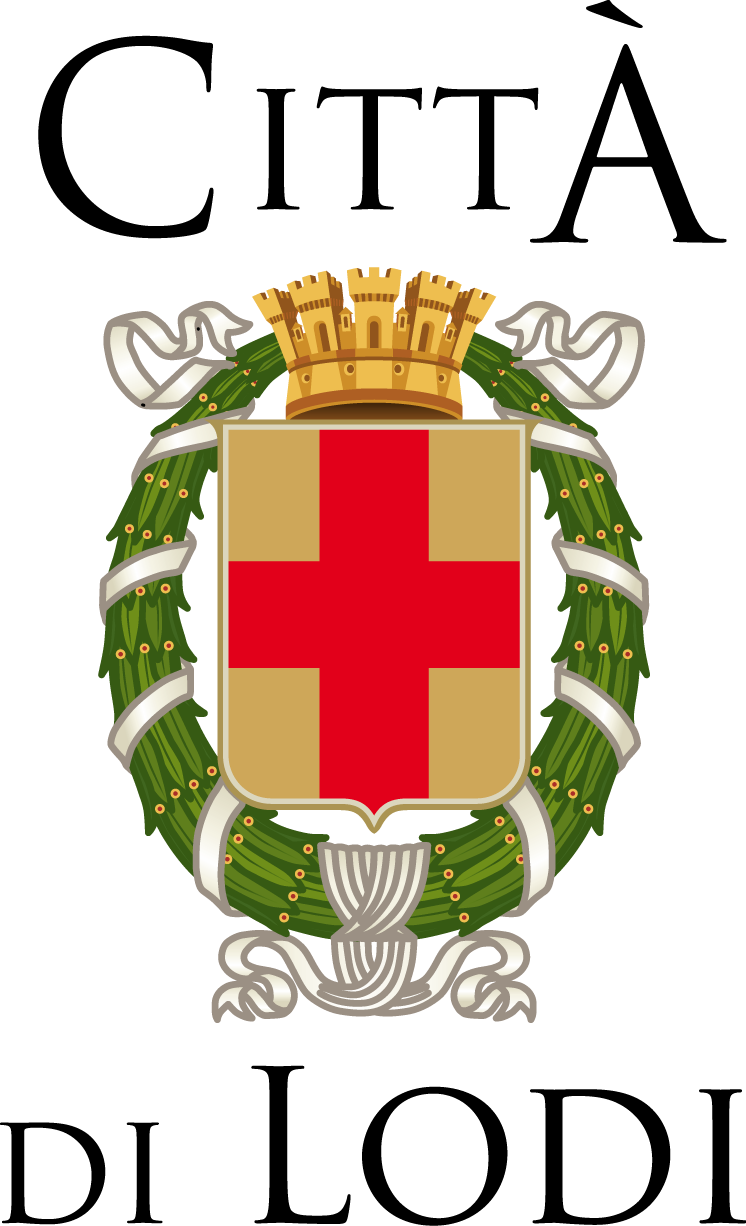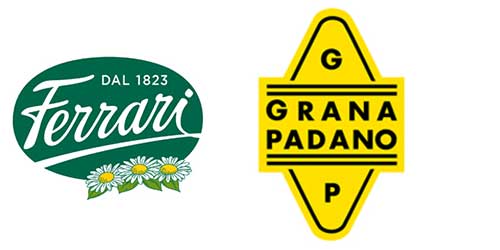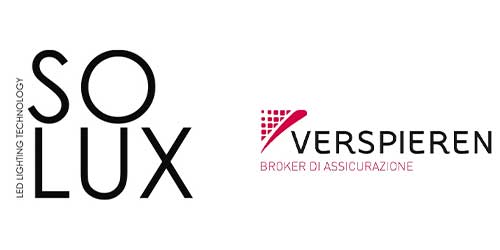Palazzo Galeano presents "Vittoria," the first solo exhibition by artist Vittoria Viale (Sanremo, 1998), and the first episode of the exhibition schedule dedicated to young emerging artists, coordinated by Francesca Grossi. "Vittoria" inaugurates the second part of the program conceived by the association and initiated in June with "Trionfo dell’Aurora" by Marcello Maloberti, an intervention carried out in collaboration with Galleria Raffaella Cortese, with which Platea | Palazzo Galeano officially began its exhibition activity. For this occasion, Vittoria Viale transforms the Platea | Palazzo Galeano showcase into her studio. The space hosts a site-specific installation that reproduces the artist's usual workspace, aiming to involve the public in the creative processes underlying her works. Vittoria Viale's practice involves the use of multiple media: drawing, sculpture, and photography, as a non-linear narrative, a network of findings, constructions, and dismantlements, in a continuous flow of symbolic gestures based on observation, recording, and organization of space. Viale's work places great importance on archival material, which becomes essential for revealing intentions and interactions that have occurred between various materials over time. Actions and processes are nothing more than a means of expansion, the endless continuation of an idea that constantly renews itself by returning to itself. The chosen objects are always taken from unordered contexts, in the belief that nothing new originates in the absence of chance. The studio conceived by Vittoria Viale for Platea is a new performative space, the result of a compositional process in which installation, sculpture, video, and drawing blend and interact, revealing new connections. A constellation of objects comes alive in the construction of a chain of relationships leading to the creation of an unconventional landscape in which each element has found its indispensable place, becoming an essential element for all those around it. The artist places objects within the studio, assuming different meanings and transforming thanks to contamination with their surroundings. The artist transports thoughts into the space, which, to be fixed in time, become simple forms, revealed through intuitive gestures that create imbalance, interruption, but that at the same time easily imprint themselves in memory. The individual objects are linked by the same attitude towards drawing, understood as the unique way to verify and affirm one's identity in space, to rediscover "the operating and effective body" of things, as Maurice Merleau-Ponty explains.
"It has always existed, the sense of accumulation in my work. The notebook is what contains and tells the vast amount of signs I create every day. After starting the Academy in Milan, I began to reflect more and more on the quality of our actions, especially in the space around us; so, I try to identify the true potential of objects, investigating their uses and meanings."
Vittoria Viale
FRANCESCA GROSSI: Among the artists participating in the Platea project, you are the most instinctive in the group. Looking at your work, the need for continuous production emerges. Tell me where this impulse comes from and what external stimuli trigger the creative act.
VITTORIA VIALE: Most of the stimuli come from vision. It's as if I were seeking a second look through my work, especially with drawing and sculpture, I manage to glimpse a real thought about things. Repetition, for example, helps not only to memorize what we see or hear every day but above all to translate and transform it into something understandable.
FG: The connection between drawing, photography, video, and sculpture is imposing in your work. What comes first and what comes after, and why?
VV: There is no before or after; they are not steps in a process aimed at something. I simply try to be as honest as possible within the work. Drawing is a kind of reference point in everything I do, an attitude equally attributable to every daily action and thought. It's a way of being receptive to images, approaching things and touching them, testing them. That's why it doesn't make sense to talk about media; such an instinct is, first of all, natural, in my opinion.
FG: One aspect I appreciate in your work is the retrieval of pre-existing objects and the new meanings you manage to give them by placing them in different contexts. Where does this approach come from?
VV: It's a continuous search for honesty. Through my work, I try to free myself from preconceptions or teachings of any kind. It's as if I wanted to understand the most authentic level of creativity, the one accessible to everyone. For this reason, objects are nothing more than pieces of everyday life, things I haven't sought but that I've enjoyed using and understanding. Among them, temporal and temporary relationships exist; I don't believe in the construction of beautiful and definitive objects. I prefer to believe that each gesture is essential to the understanding of the next one.
FG: The Platea display window inevitably creates a distance between the viewer and the artwork. How do you think it might influence your work?
VV: It will be a surprise. When I see an exhibition, I realize that I need the precise impression that something has happened. I think this is the strongest connection that art can establish, being able to convey an ideal, imaginary presence where everything is possible. Empathizing is not easy. This large display window is certainly the primary feature of Platea; it's a challenge: putting your work on display and making sure that anyone who looks at it can identify with it, almost participating, is not easy.
BIO
Vittoria Viale was born in 1998 in Sanremo (IM). In 2020, she graduated in visual arts from NABA, Milan. Her artistic practice was initially oriented towards figuration but has evolved over the years into a renewed attention to space in its expressive and communicative implications. Privileged tools of her practice have become drawing, always linked to a physical and performative component, installation, and photographic recording.




| Cookie | Duration | Description |
|---|---|---|
| cookielawinfo-checkbox-analytics | 11 months | This cookie is set by GDPR Cookie Consent plugin. The cookie is used to store the user consent for the cookies in the category "Analytics". |
| cookielawinfo-checkbox-functional | 11 months | The cookie is set by GDPR cookie consent to record the user consent for the cookies in the category "Functional". |
| cookielawinfo-checkbox-necessary | 11 months | This cookie is set by GDPR Cookie Consent plugin. The cookies is used to store the user consent for the cookies in the category "Necessary". |
| cookielawinfo-checkbox-others | 11 months | This cookie is set by GDPR Cookie Consent plugin. The cookie is used to store the user consent for the cookies in the category "Other. |
| cookielawinfo-checkbox-performance | 11 months | This cookie is set by GDPR Cookie Consent plugin. The cookie is used to store the user consent for the cookies in the category "Performance". |
| viewed_cookie_policy | 11 months | The cookie is set by the GDPR Cookie Consent plugin and is used to store whether or not user has consented to the use of cookies. It does not store any personal data. |
map
Platea Palazzo Galeano:
Corso Umberto 46, Lodi, 26900
Platea Project:
Via Maddalena 3, Lodi, 26900 (open by appointment only)
email: info@platea.gallery
whatsapp: +39 351 149 8258